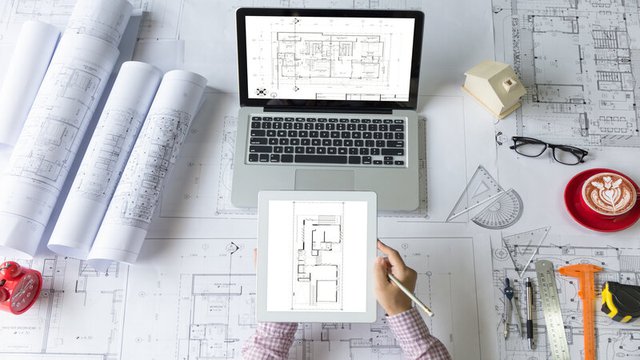

Architectural technology is a dynamic and evolving field that plays a crucial role in shaping the modern built environment. It is a multidisciplinary approach that combines architecture, engineering, and technology to create innovative solutions for designing, constructing, and maintaining structures.
In this blog post, we will delve into the definition of architectural technology, explore various examples of technology in this field, discuss potential careers, and highlight the educational path to becoming an architectural technology such as studying a Master in Architecture at Universidad Europea.
Architectural technology refers to the application of scientific and technological principles to the design and construction of buildings. It involves the use of cutting-edge tools, software, and methodologies to enhance the efficiency, sustainability, and functionality of architectural projects. Architectural technologists are professionals who bridge the gap between architects and construction teams, ensuring that designs are translated into feasible and cost-effective structures.
Just like in other sectors, the use of technology is ever-increasing in the architecture field. Here, we look at some of the most common technologies used:
BIM is a revolutionary technology that enables architects, engineers, and construction professionals to create 3D digital models of buildings. This collaborative tool enhances communication and coordination throughout the entire building lifecycle – from conceptualization and design to construction and maintenance. BIM allows stakeholders to visualize the project in detail, identify potential issues, and optimize performance.
Architectural technology plays a crucial role in promoting sustainable practices in the construction industry. Software applications help architects and designers assess the environmental impact of their designs, optimize energy efficiency, and incorporate eco-friendly materials. This proactive approach ensures that buildings are not only aesthetically pleasing but also environmentally responsible.
AR and VR technologies are increasingly being integrated into architectural processes. These tools allow clients and stakeholders to experience a virtual walkthrough of a building before it is constructed. This immersive experience helps in visualizing spaces, identifying design flaws, and making real-time modifications. AR and VR also facilitate effective communication during the design and presentation phases.
Anyone who has studied a programme such as a Master Construction Management or a Degree in Architecture at Universidad Europea will have a solid understanding of the architectural technology used today. And as a result of being prepared with the skills and knowledge to succeed, there are a number of careers that graduates can explore, such as:
Architectural technology is a fascinating and vital field that combines creativity with technological innovation. As the built environment continues to evolve, the role of architectural technologists becomes increasingly significant. Embracing the latest technologies, staying environmentally conscious, and pursuing a well-rounded education are essential steps towards a rewarding career in architectural technology. Whether you aspire to design sustainable buildings, manage BIM processes, or contribute to the future of construction, architectural technology opens doors to a diverse and impactful professional journey.